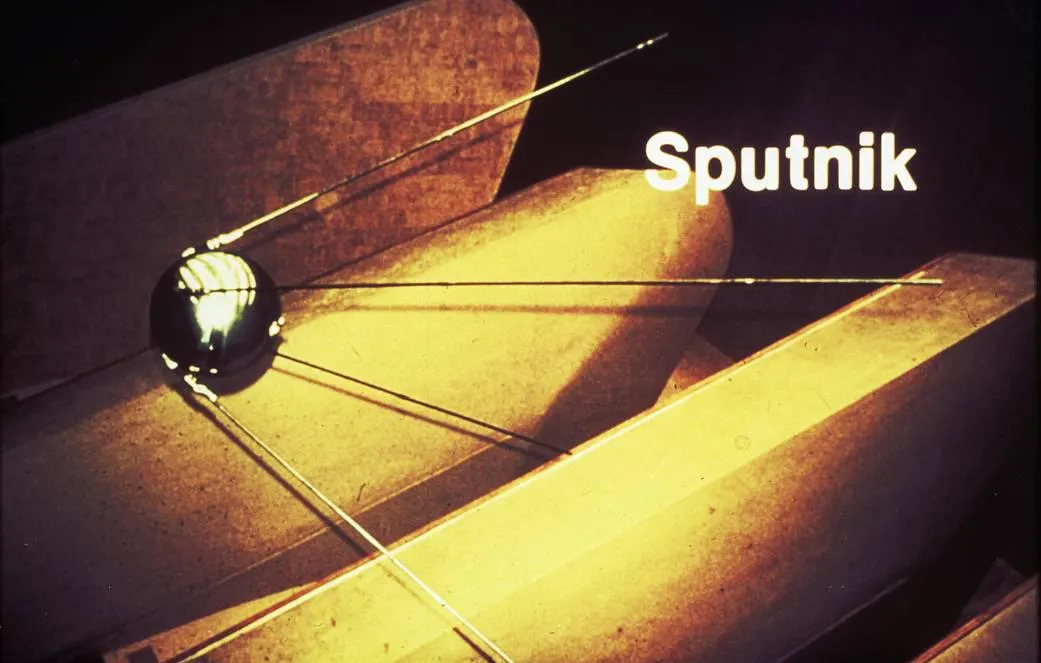The Space Age Begins
A Celestial Awakening
On October 4, 1957, the world held its breath as the Soviet Union successfully launched Sputnik 1, a small, spherical satellite no bigger than a beach ball, into Earth's orbit. This monumental achievement wasn't just a technological marvel; it was the dawn of a new epoch – the Space Age.
For the first time in history, humanity had placed an object beyond our planet's atmosphere, circling Earth every 96 minutes. Its simple, repetitive "beep-beep-beep" signal, audible to amateur radio operators across the globe, was a testament to human ingenuity and ambition. At night, for many, it was the only moving "star" in the sky, a silent, artificial sentinel heralding a future unimaginable just moments before.

The Sputnik Moment
Sputnik's launch sent ripples across the globe, triggering a profound shift in scientific, political, and cultural landscapes. In the United States, it ignited the "Sputnik crisis," fueling a massive investment in science education, research, and space programs, ultimately leading to the creation of NASA. It accelerated the Cold War space race, pushing both superpowers to achieve unprecedented feats in rocketry and space exploration.
More than just a political statement, Sputnik 1 was a powerful symbol of possibility. It demonstrated that what was once confined to the realm of science fiction was now within reach. It broadened our horizons, transforming our understanding of Earth's place in the universe and inspiring generations to look upwards with renewed wonder.
A Legacy of Exploration
The humble Sputnik paved the way for human spaceflight, lunar landings, interplanetary probes, and the vast network of satellites that now underpin our modern world. From its simple origins, the Space Age has blossomed into a global endeavor, continuously pushing the boundaries of what is possible. The Space Age truly began on that pivotal day in October 1957, a testament to humanity's enduring drive to explore, understand, and reach for the stars.




